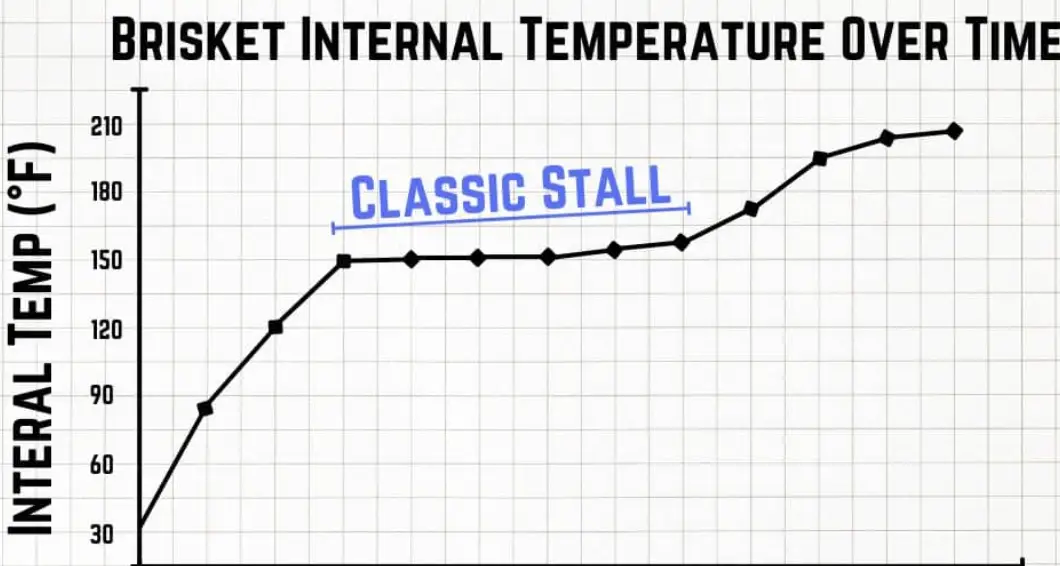The barbecue world is full of fascinating phenomena, and the “stall” is one that often captures the attention of pitmasters and grill enthusiasts. However, what happens when your brisket seems to defy this common occurrence? In this blog post, we’ll delve into the reasons why your brisket didn’t experience the stall and explore the science behind this phenomenon.
1. What is the Brisket Stall?
The stall, also known as the “Texas crutch,” is a phase in the smoking process where the internal temperature of the brisket plateaus or even drops slightly. It usually occurs when the brisket’s internal temperature reaches around 160-170°F (71-77°C). This phenomenon is caused by the evaporative cooling effect as moisture on the meat’s surface begins to evaporate.
2. Possible Reasons for a Non-Stalling Brisket:
a. Moisture Retention: One reason your brisket might not experience the stall is if it retains more moisture on its surface. A wet surface can prevent the evaporative cooling effect, allowing the temperature to rise more steadily.
b. Smoker Conditions: If you’re cooking your brisket in a smoker with high humidity, it can hinder the stall. Some smokers have excellent moisture retention properties, reducing the likelihood of the stall occurring.
c. Wrapped Brisket: The stall can also be minimized or bypassed if you choose to wrap your brisket in foil or butcher paper during the cooking process. Wrapping accelerates the cooking by trapping steam and moisture, thus bypassing the evaporative cooling effect.
d. Cooking Method: The stall is primarily associated with low and slow cooking methods. If you’re cooking your brisket at a higher temperature, such as in a hot and fast method, the stall may not manifest in the same way.
3. Strategies to Manage the Stall:
If you’re intentionally seeking the stall for its benefits (enhanced bark formation, collagen breakdown), you can adjust your cooking process to encourage it:
a. Cook Unwrapped: Start by cooking your brisket unwrapped until it reaches around 160-170°F (71-77°C). This is when the stall typically occurs.
b. Monitor Temperature: Use a reliable meat thermometer to track the brisket’s internal temperature. As it approaches the 160-170°F range, you can expect the stall to begin.
c. Patience is Key: If you want to experience the full stall, resist the urge to wrap the brisket during this phase. Allow the evaporative cooling effect to run its course.
In Conclusion:
While the brisket stall is a common and intriguing occurrence in smoking, there are instances where it may not manifest as expected. Factors such as moisture retention, smoker conditions, wrapping methods, and cooking temperatures can all play a role in how the stall presents itself. Embrace the adventure of barbecue experimentation and remember that the journey is as rewarding as the destination. Whether your brisket experiences the stall or not, the ultimate goal is to create a tender, flavorful, and delicious masterpiece that brings joy to your taste buds and those of your guests.
